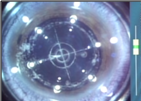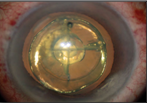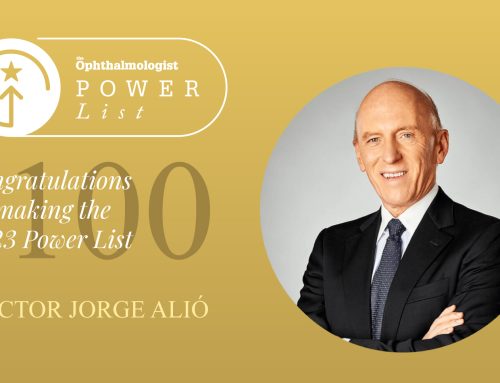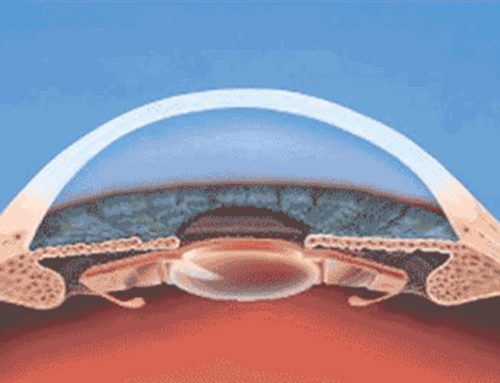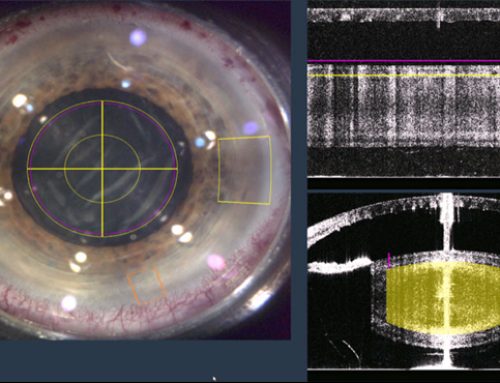The crystalline lens is a structure located inside of the eyeball that in the youth is transparent, but nevertheless with the age is opacified. Although age is considered to be one of the principal reasons of opacification of the crystalline lens, it has been proved that factors like exposure to ultraviolet radiation among others influence in his progression. The changes produced inside the crystalline lens produces a loss of visual acuity, reduction of the contrast vision, increase of the glare and alteration of the color vision between other symptoms. In such situations, it is necessary to replace the opacified crystalline lens by an Intraocular Lens (IOL) to restore the vision, intervention known like cataract surgery. Indeed, cataract surgery is one of the most practiced interventions worldwide, which has undergone significant developments and innovations since the introduction of the concept of Micro-Incision Cataract Surgery (MICS) developed by Prof. Dr. Jorge Alió. Among de main innovations in cataract surgery highlights the development technology of the Premium Intraocular Lenses, or more recently the advent of Femtosecond Laser-Assisted Cataract Surgery (FLACS).
What are the applications of Femtosecond Laser-Assisted Cataract Surgery?
The advent of femtosecond laser has allowed it to be of great clinical usefulness in different ophthalmological procedures. Specifically, Femtosecond Laser-Assisted Cataract Surgery offers through of the known principle of photodisruption minimal tissue damage, corneal incisions with extreme precision, capsulotomy and nuclear fragmentation. Moreover, the images obtained by internal Optical Coherence Tomography (OCT) allow that the area laser action fits properly, as displaying the in vivo procedure.
Left: Corneal incisions. Center: Capsulotomy. Right: Photodisruption of the nucleous.
Since the approval of the Food and Drug Administration (FDA) of the first femtosecond laser platform for cataract surgery many international scientific studies have demonstrated that his utilization improves safety of the procedure, reduces the time of the intervention, as likewise reduces postoperative complications. Precisely, some complications described by the utilization of the ultrasounds by means of the phacoemulsificator as corneal edema, corneal burn, or endothelial cell loss among others do not take place with the utilization of femtosecond laser. However, in spite of the multiple benefits of FLACS, according to one study published by Alió et al in Current Opinion in Ophthalmology this technology has high learning curve. Precisely, in the Online Course Clinical Methodology in Refractive Cataract and Corneal Surgery through the extensive educational material provides high-quality training on the surgical procedure and the treatment planification of Femtosecond Laser-Assisted Cataract Surgery. Our online course recognized by 25 ECTS credits by University Miguel Hernandez is integrated by more than 40 experimented international tutors with high clinical and scientific prestige.
Bibliographic reference
Alio JL, Soria F, Abdou AA. Femtosecond laser assisted cataract surgery followed by coaxial phacoemulsification or microincisional cataract surgery: differences and advantages. Curr Opin Ophthalmol. 2014 Jan;25(1):81-8.


